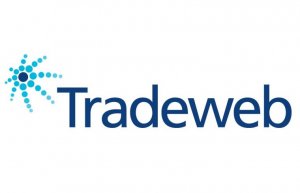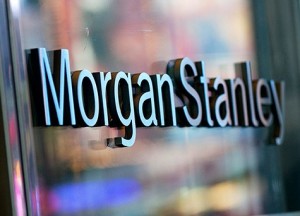RBA’s Guy Debelle urges market participants to consider alternatives to LIBOR
As the longevity of LIBOR cannot be assumed, Mr Debelle urges market participants to consider what that might mean for any contracts they have that reference LIBOR.

International calls and actions related to finding alternatives to benchmarks like LIBOR have been growing in volume. Guy Debelle, Deputy governor at the Reserve Bank of Australia, has added his voice to this chorus. Delivering a speech at the “FINSIA Signature Event: The Regulators” on September 8, 2017, he stressed that “market participants that use LIBOR, including those in Australia, need to work on transitioning their contracts to alternative reference rates”.
Mr Debelle referred to a statement by Andrew Bailey, who is at the helm of the UK Financial Conduct Authority (FCA) which regulates LIBOR. In July this year, Mr Bailey said the FCA had received assurances from the current banks on the LIBOR panel that they will continue to submit their estimates to sustain LIBOR until the end of 2021. However, beyond that point, there is no guarantee that LIBOR will continue to exist.
Mr Debelle quoted estimates showing that, in Australia, financial institutions have around $5 trillion in contracts referencing LIBOR. Finding a replacement for LIBOR is not straightforward, he said, adding that the transition will involve a substantial amount of work for users of LIBOR, both to amend contracts and update systems.
Given that the longevity of LIBOR cannot be assumed, Mr Debelle urged market participants to consider what that might mean for any contracts they have that reference LIBOR. In particular, he asked market participants to consider whether risk-free benchmarks are more appropriate rates for their financial contracts than credit-based benchmarks such as LIBOR and BBSW.
The Bank of England has earlier this year announced that the Working Group on Sterling Risk-Free Reference, a group the Bank set up in 2015 to assist it in developing sterling RFRs, had picked the Sterling Overnight Index Average (SONIA) as its preferred near risk-free interest rate benchmark for use in sterling derivatives and relevant financial contracts. The Bank is now seeking to promote SONIA’s use as an alternative to sterling LIBOR, which has been hit by a multitude of scandals over the past few years.
In April this year, a secret recording, uncovered by BBC Panorama, implicated the Bank of England in the Libor rigging scandal. The recording, dating back to 2008, represents a talk between senior Barclays manager Mark Dearlove and Libor submitter Peter Johnson, with Mr Dearlove instructing Mr Johnson to lower the Libor rates, a practice known as lowballing.
In June this year, the House of Lords heard the statement of Lord James of Blackheath who starkly criticized the way UK regulators and authoritative bodies have handled LIBOR-related issues.
Most recently, a report by the UK National Audit Office (NAO) published a report entitled “Investigation into the management of the Libor Fund” showing that the UK government cannot confirm how the money in the fund, comprising £973 million, was spent.









